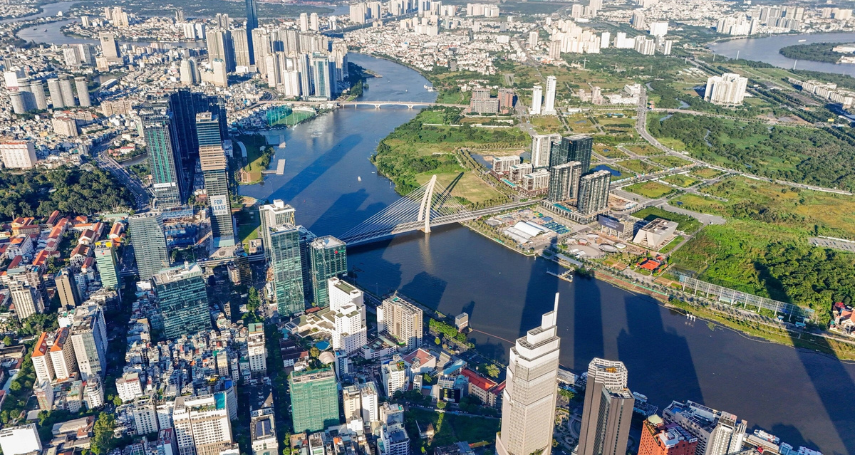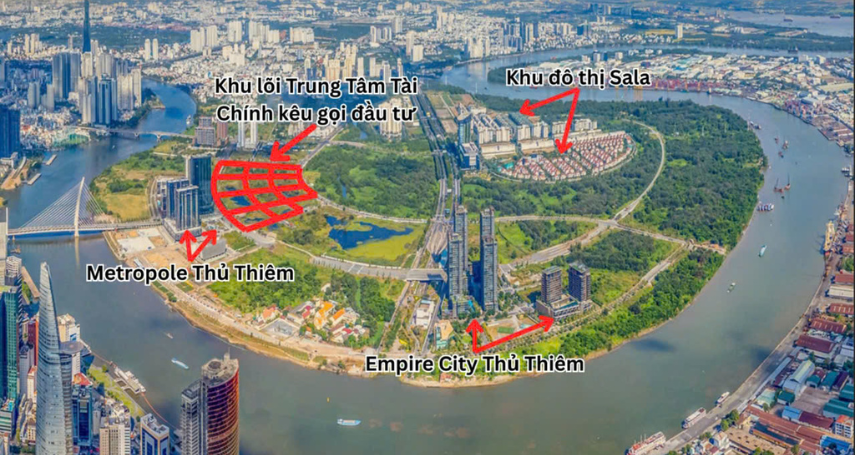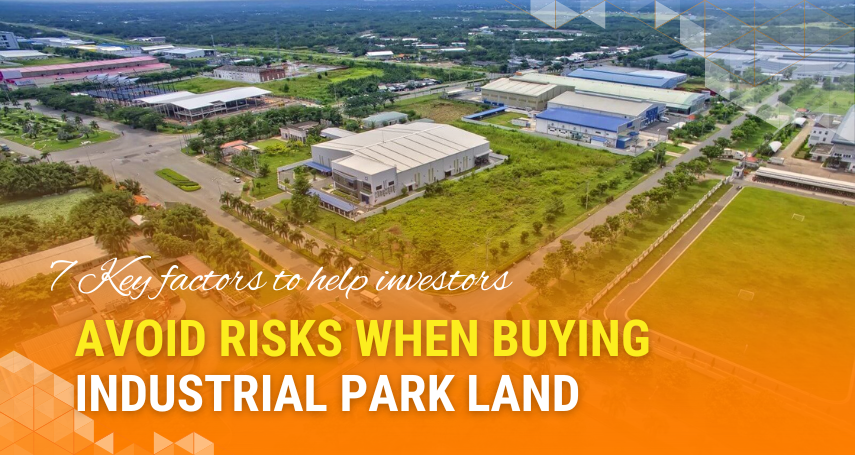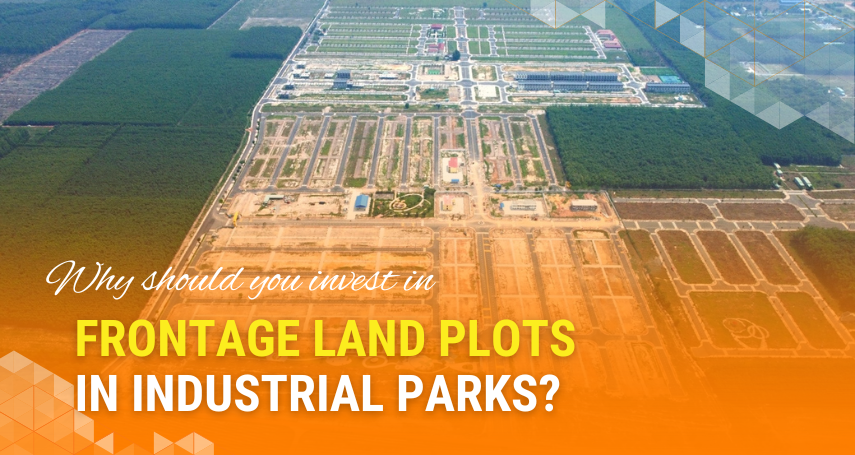Ho Chi Minh City (HCMC) is entering an acceleration phase in building its International Financial Center in the Thu Thiem urban area. With a total estimated investment of VND 172 trillion (approximately USD 7 billion), the project is expected to transform HCMC into a major financial hub in Southeast Asia, competing with other international financial centers such as Singapore, Hong Kong, and Dubai.
According to Mr. Nguyen Loc Ha – Vice Chairman of the HCMC People’s Committee – the project will be implemented under Resolution 222 passed by the National Assembly, which will officially take effect on September 1. This resolution opens the door to a series of special mechanisms to attract high-quality investment and talent in the financial sector.
1. Why HCMC Was Chosen as the International Financial Center
Strategic Location and Convenient Trade Connectivity
HCMC is located in the heart of Southeast Asia, offering quick connections to major global financial centers. The city boasts a comprehensive transportation system, including Tan Son Nhat International Airport, Cat Lai Port, the Long Thanh – Dau Giay Expressway, and multiple metro lines under construction.
These conditions make HCMC an attractive destination for investors and a prime candidate for developing a regional financial hub.

Dynamic Economy with Major National Contributions
Currently, HCMC accounts for:
-
- Approximately 23% of Vietnam’s total GDP
- Nearly 25% of the national budget revenue
- A concentration of key industries such as banking, financial technology (fintech), logistics, and securities
These factors provide a solid foundation for building a modern, multi-layered financial ecosystem that meets the demands of globalization.
2. Detailed Planning of the HCMC International Financial Center
Location and Planning Scale
The HCMC International Financial Center is planned to cover nearly 800 hectares, including the following areas:
-
- Ben Thanh Ward: 20 ha
- Saigon Ward: 146 ha
- Thu Thiem: 563 ha
- Saigon Riverside: 64 ha
Within this, a 9.2-hectare core area in Thu Thiem is the development focal point, home to the headquarters of financial supervisory and coordinating agencies, and integrated towers like Techcombank Tower and Saigon Trade Center.

Comprehensive Infrastructure Connectivity
The financial center will be linked to surrounding areas via:
-
- Four large bridges connecting Thu Thiem to the city center
- Roads, waterways, and metro lines
- Proximity to key industrial zones like Amata – Nhon Trach, Cat Lai, and Cai Mep – Thi Vai Port
This strategic positioning gives the financial center a “heart of trade” advantage, ideal for logistics, fintech, and cross-border banking operations.
3. Synchronous Development of Hard and Soft Infrastructure
Hard Infrastructure – The Backbone of the Financial City
HCMC is focusing on completing:
-
- Metro lines 1, 2, and 3A passing through the financial center
- Underground road systems and key intersections
- Upgrading Bach Dang Wharf into a major waterway transit station
- Enhancing electricity, water supply, drainage, and telecommunications networks
Notably, the city is deploying a full 5G network coverage within the center and integrating IoT for traffic and technical infrastructure management.
Soft Infrastructure – Attracting Talent and Fostering Innovation
In parallel with physical investment, HCMC is developing soft infrastructure such as:
-
- A strategy to train high-quality financial human resources
- Attracting international financial experts
- Developing a startup ecosystem in the fintech sector
The HCMC Institute for Development Studies is currently preparing a proposal to train and attract talent for the international financial center, aiming to build a highly skilled workforce that meets global standards.
4. Expectations and Macroeconomic Impact
Establishing the HCMC International Financial Center is not just an urban development strategy—it is a powerful catalyst for economic growth:
-
- Increasing the ability to attract foreign direct investment (FDI)
- Strengthening HCMC’s economic position in the region
- Promoting the development of finance, banking, and securities industries
- Creating tens of thousands of high-quality jobs
This project is also a stepping stone for Vietnam to gradually affirm its role on the global financial map.
Conclusion: HCMC Aims to Become Southeast Asia’s Financial Hub
With modern planning, synchronized infrastructure, a clear human resource strategy, and a strategic location, the HCMC International Financial Center is steadily moving towards its goal of becoming a regional financial hub.
The project not only elevates the national brand but also significantly contributes to economic restructuring, sustainable growth, and deep international integration in the coming period.
You may be interested in:
-
- a-connection.com.vnSurprising Benefits of Owning Social Housing That You Might Not Know
- Top Southern regions forecast strong growth in real estate market 2025
- Which district is District 8 near? Update the latest planning policy here
- Top 5 hottest resort real estate investment hotspots today!
- Where is Crossroad 550? What is the real estate potential of this area?




